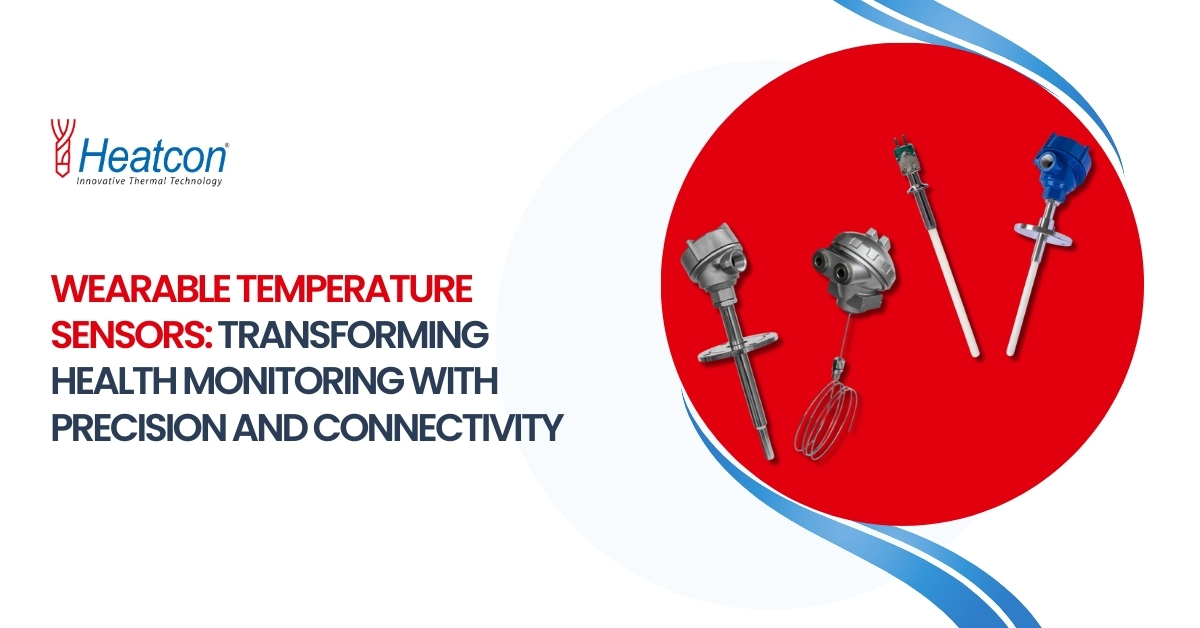Recent Breakthroughs and Applications
Wearable technology has rapidly evolved in recent years, with a particular focus on health and fitness monitoring. Among the various sensors embedded in these devices, temperature sensors have emerged as a crucial component for tracking vital signs and detecting early symptoms of illnesses.
Research and Development
Advancements in Miniaturization:
Researchers have made significant strides in reducing the size of temperature sensors, making them more comfortable and discreet to wear. This miniaturization has enabled their integration into a wide range of wearable devices, from smartwatches to wristbands and patches.
Improved Accuracy and Precision:
Advancements in sensor technology have led to improved accuracy and precision in temperature measurement. This is particularly important for medical applications where even slight variations in temperature can be indicative of underlying health conditions.
Wireless Connectivity:
The incorporation of wireless connectivity, such as Bluetooth or Wi-Fi, has enabled seamless data transmission from wearable temperature sensors to smartphones, tablets, and computers. This facilitates real-time monitoring and analysis of health metrics.
Applications
Wearable temperature sensors have found applications in various fields, including:
Healthcare:
- Fever Detection: Continuous temperature monitoring can help detect early signs of illness, such as fever, which is a common symptom of various infectious diseases.
- Chronic Disease Management: For individuals with chronic conditions like diabetes or heart disease, tracking temperature fluctuations can provide valuable insights into their overall health and help manage symptoms effectively.
- Remote Patient Monitoring: Wearable temperature sensors can be used for remote patient monitoring, allowing healthcare providers to track patients’ vital signs and intervene if necessary, even from a distance.
Fitness and Wellness:
- Sleep Tracking: Temperature sensors can help track sleep patterns and identify disturbances that may affect overall health and well-being.
- Exercise Monitoring: By monitoring skin temperature, wearable devices can provide insights into exercise intensity and recovery.
Occupational Health and Safety:
- Heat Stress Prevention: In industries where workers are exposed to extreme temperatures, wearable temperature sensors can help prevent heat-related illnesses by monitoring body temperature and alerting individuals when it exceeds safe limits.
Future Outlook
As wearable technology continues to advance, we can expect further innovations in temperature sensor technology. Researchers are exploring the integration of temperature sensors with other health metrics, such as heart rate, blood pressure, and oxygen saturation, to provide a more comprehensive picture of overall health. Additionally, advancements in machine learning and artificial intelligence are enabling wearable devices to analyze temperature data and provide personalized health insights.
In conclusion, wearable temperature sensors have the potential to revolutionize healthcare and wellness monitoring. With ongoing research and development, these devices are becoming increasingly accurate, comfortable, and versatile, offering valuable insights into our health and well-being.


